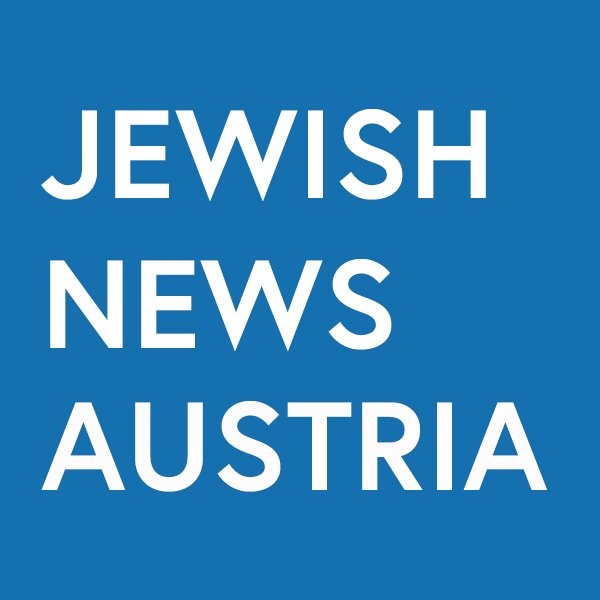Mauer Wants to Rescue Nazi Victims from Oblivion
ORF, October 6, 2024
German original: https://noe.orf.at/stories/3275827/
The Nazi crimes in the “Heil- und Pflegeanstalt” Mauer-Öhling are to be reappraised. The cemetery and a burial ground were examined for the first time. A complete reappraisal is no longer possible, because parts of the cemetery were built on into the 2000s.
The continuous noise of cars booms over the cemetery wall from the adjacent road. The B121 had a greater impact on the cemetery than noise. A little over 20 years ago, the two-lane road in Mauer (Amstetten district) was widened to four lanes, and the cemetery wall was moved inwards into the cemetery area for this purpose. Anyone driving on the B121 drives over graves from the Nazi era.
“One of the unanswered questions is how many graves really disappeared under the asphalt. At least 80 graves along the road were abandoned, 40 of them were occupied by Nazi euthanasia victims,” says Philipp Mettauer, a historian at the Institute for Jewish History. He is scientifically accompanying the project.
The so-called Mauer-Öhling sanatorium and nursing home was one of the largest in the Ostmark. 2,400 people died here or were sent to Hartheim and Gugging for planned killing. They were psychiatric patients, forced laborers, resettlers and prisoners of war. The real extent only became known in 2019 through a research project.
Cemetery: When the cemetery was overcrowded
Almost 80 years after the end of the war, the process of coming to terms with the past is now beginning. The cemetery and a burial ground were surveyed using geomagnetics and ground-penetrating radar, because it is not known exactly where the graves are located. Most of the cemetery resembles a meadow. “The coffins are lined up one after the other. It was very densely packed here,” says archaeologist Volker Lindinger, who carried out the measurements, glancing at the ground-penetrating radar screen.
Almost nothing is known about the burial ground, right next to the cemetery. The way it was treated can be categorized into the decades in which the victim theory applied in Austria. The field was the scene of a final phase crime. Three weeks before the end of the war, 200 people were buried there, killed by doctors and nurses, by overdoses, injections and a converted electric shock device.
The cemetery, with space for 1,000, was already double occupied. Pits were dug in the adjacent field, 200 dead in mass graves. It is unclear who they were. Then they literally let grass grow over it, planted a forest. “We know the least about this, there is only one photo,” says historian Mettauer. The field was also reduced in size by the B121 road expansion.
The mystery of the wall's relocation
There was also the option of examining the narrow green strip between the B121 and the cemetery wall – the area that was used as a cemetery until 2001. However, this is not going to happen: “There are likely to be graves outside the cemetery. We can't measure there for safety reasons because cars pass by at high speed. I don't subject my employees to that,” explains archaeologist Lindinger. One or more lanes would have to be temporarily closed for this.
These measurements could provide insights into how far the wall was really moved back in the early 2000s. The Federal Monuments Office approved four meters. In the files of the road construction department, the meters vary and the plans are also different: “There are different sources: at least five meters, some say seven, it could also be nine,” says historian Philipp Mettauer.
Unterführung statt jüdischem Friedhof
In den Aufzeichnungen der Friedhofsverwaltung ist lediglich von zwei Gräbern, einem Schädel und einer Hand voll Knochen die Rede, die beim Straßenausbau gefunden worden seien. Das sei angesichts der Dokumente, Bilder und Daten „unrealistisch“, so Mettauer.
So ein großer Umbau war am Friedhof Mauer jedenfalls nichts Neues: In den 1960er-Jahren wurde der jüdische Teil am Friedhof verkleinert, weil eine Unterführung für Fußgänger und Radfahrer gebaut wurde. „Das ist vollkommen in Vergessenheit geraten“, sagt Mettauer, „wie viele Gräber dabei zum Opfer gefallen sind, wissen wir noch nicht“.
Dabei ist Österreich im Staatsvertrag zur Kriegsgräberfürsorge verpflichtet: „Die NS-Euthanasieopfer sind Kriegsopfer. Da hat die Republik Österreich die Verantwortung übernommen, die Gräber auf ewig zu erhalten und zu pflegen.“
In Mauer, there was a longer silence
The Institute for Jewish History has been working for some time on a scientific reappraisal. The project was given momentum by the 2026 state exhibition, which is taking place at the state hospital in Mauer. The situation in the region was “special” for decades: “If we compare it with Vienna, with Spiegelgrund or Steinhof, it only became an issue in the 1990s. Here in Mauer-Öhling, in Amstetten, it was a taboo for another ten, twenty years longer,” says Mettauer.
Considering the extent of the crimes, this is astonishing: ‘It was only in 2010 that the medical records were put into the archive. For so long, the lid was kept on it and the blanket of silence was thick.’ The files were not complete; some of them had previously been deemed not worthy of archiving and thrown away.
But generational change has brought a change of attitude, Mettauer reports. The children and grandchildren of the third and fourth generations are actively researching their family history and scrutinizing the working lives of their forebears as orderlies or doctors in Mauer. The taboo has been broken.
